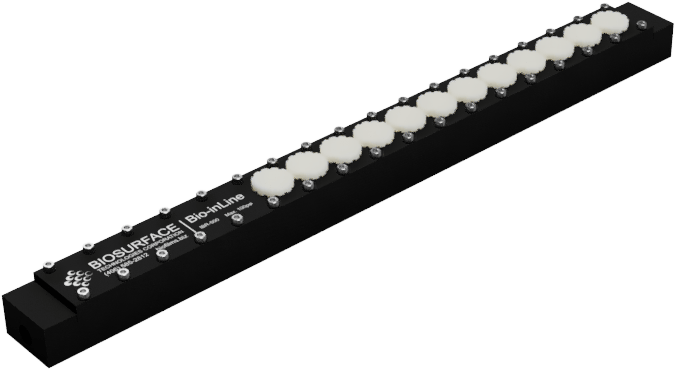Investigating Legionella in Modeled Water Distribution Systems
In one recent study published in Heliyon, researchers from Flinders University in Adelaide, South Australia delved into the presence of Legionella (the microbe responsible for Legionnaires’ Disease) within biofilms in modeled water distribution systems and the efficacy of flushing as a mitigation strategy. Using the Bio-inLine® Biofilm Reactor (IBR, a modified Robbins Devices), the study recreated stagnant water conditions typical in distribution networks, providing crucial insights into Legionella behavior under various flushing frequencies.
The research revealed compelling findings: daily flushing significantly reduced culturable Legionella levels, demonstrating a 1.5 log10 reduction compared to weekly flushing. However, it also highlighted a concerning trend: daily flushing increased viable but non-culturable (VBNC) Legionella counts by 1 log10. Moreover, the study observed a notable rise in biofilm-associated Vermamoeba vermiformis populations (a common pathogenic amoeba known to cause severe infections in humans) under daily flushing conditions, suggesting a complex interplay between biofilm dynamics and pathogen survival.
These findings underscore the Bio-InLine® Biofilm Reactor’s pivotal role in simulating real-world conditions with precision. By enabling researchers to replicate and study biofilm responses to environmental changes, this research tool helps further our understanding of water management strategies aimed at mitigating public health risks associated with biofilm-related pathogens (Read more).
Evaluating Sanitizer Efficacy in Biofilm Removal
Published in the Journal of Food Protection, a study by researchers from the University of Maryland Baltimore County (UMBC) and USDA-Beltsville utilized the Bio-InLine® Biofilm Reactor to investigate chlorine’s effectiveness in removing dual-species biofilms of Escherichia coli O157:H7 and Listeria monocytogenes. This research focused on understanding how varying factors such as sanitizer concentration, exposure time, bacterial species, and surface characteristics influence biofilm eradication.
The study employed the Bio-InLine® Biofilm Reactor to cultivate biofilms on stainless steel, PTFE, and EPDM surfaces under controlled conditions. Results demonstrated significant reductions in E. coli O157 populations following chlorine treatments, particularly under high shear stress conditions. Conversely, L. monocytogenes removal was more influenced by shear stress levels during biofilm formation rather than surface topography, highlighting nuanced sanitation challenges in food processing environments.
By providing a controlled environment to grow and analyze complex biofilms, the Bio-InLine® Biofilm Reactor proved instrumental in assessing sanitizer efficacy across varied materials and biofilm complexities. This research not only enhances our understanding of biofilm management in food safety but also underscores the reactor’s utility in optimizing sanitation practices for diverse industrial applications (Read more).

These studies highlight how the Bio-InLine® Biofilm Reactor facilitates important research in biofilm dynamics, driving advancements in water safety and food sanitation. Stay tuned for more updates as we continue to innovate and collaborate towards safer environments and enhanced public health.
